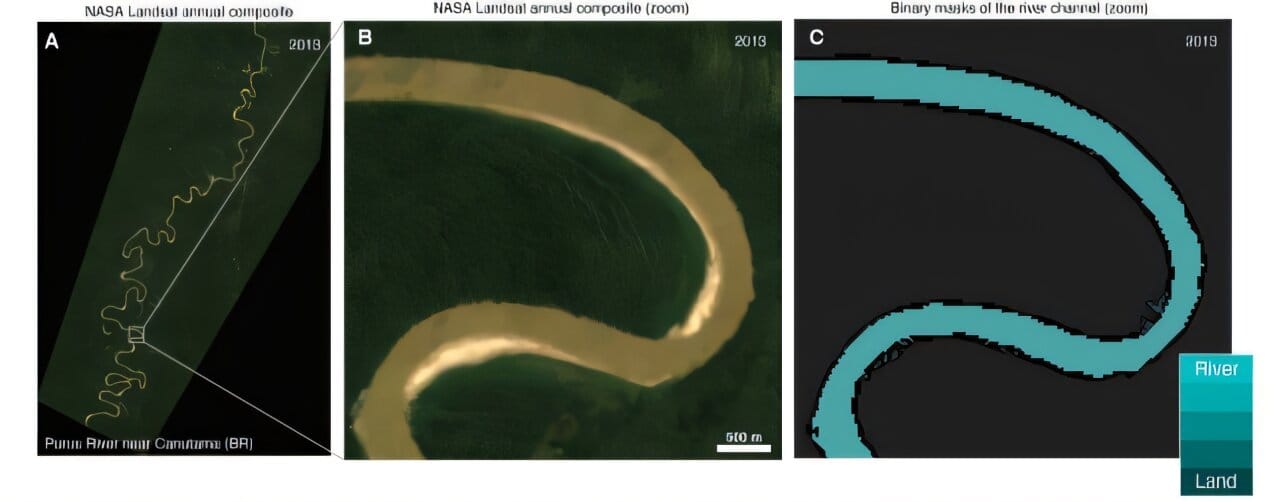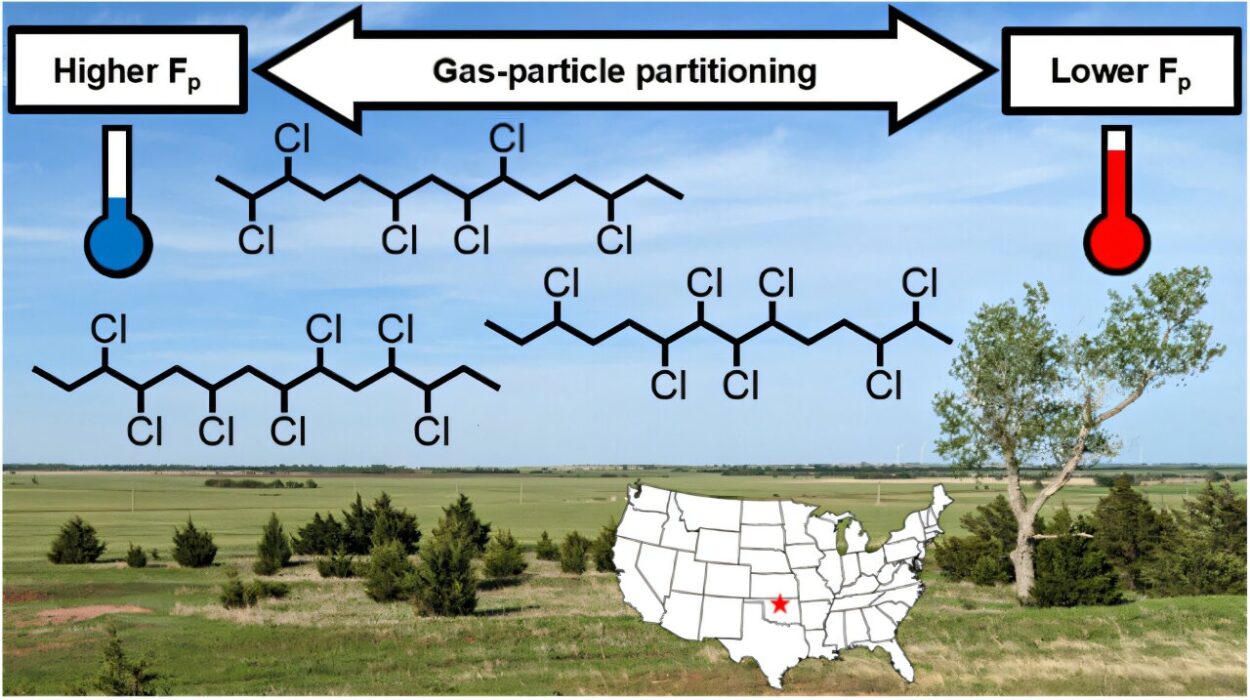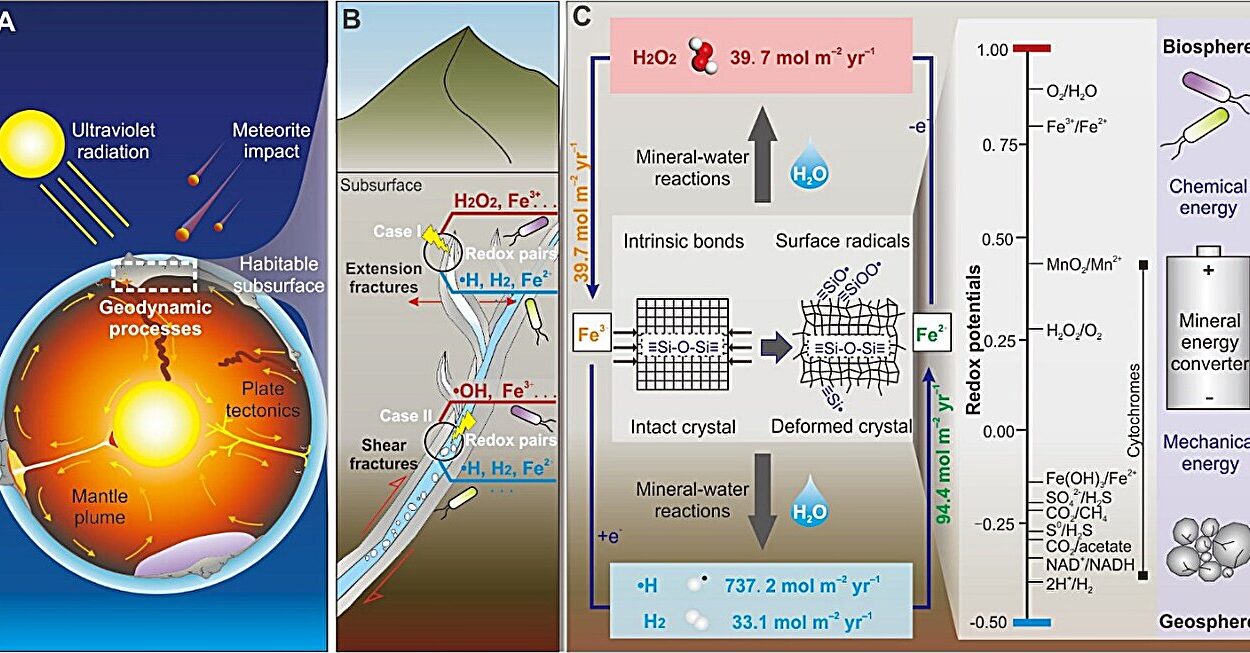From mountain peaks where snowmelt begins its gentle trickle, to flat plains where mighty waters roam free, rivers weave the veins of our planet. Their winding paths shape the lands we live on, the food we grow, and even the cities we build. Yet one question has lingered for more than a century: Why do some rivers flow as a single, sinuous channel, while others spread out into tangled webs of shifting streams?
A new study from geographers at the University of California, Santa Barbara (UCSB) finally offers a sweeping answer—one that could help protect millions of people living along riverbanks worldwide.
A Mystery Born in the Lab
The journey to this breakthrough began, rather fittingly, in a laboratory tank. Austin Chadwick, a postdoctoral researcher at UCSB, was experimenting with miniature rivers at the University of Minnesota’s St. Anthony Falls Laboratory when he stumbled on an enigma. He watched as rivers split, widened, and danced apart, refusing to stay confined in neat, single threads.
“I was banging my head on the wall because I kept measuring more erosion than deposition,” Chadwick recalled. “And that was not what we’re taught in school.”
Textbooks taught him that rivers should balance out—sediments worn away from one bank should pile up on the other. But his miniature rivers refused to play by the rules. And Chadwick wondered: might real rivers behave the same way?
Mapping Rivers from Space
To answer that question, Chadwick and his colleagues—including Evan Greenberg and UCSB associate professor Vamsi Ganti—turned their gaze skyward. They pored through 36 years of satellite images, stored in Google Earth Engine, spanning 84 rivers across the globe.
These weren’t mere snapshots from space. The researchers used a clever algorithm called particle image velocimetry, adapted from fluid dynamics labs, to track the tiny shifts of riverbanks over time. It was like taking millions of time-lapse photos and stitching them into a living movie of rivers in motion.
From above, they could see how rivers gnawed away at their banks, how channels widened, split, and sometimes braided themselves into shimmering networks across the floodplain.
One Simple Rule
The pattern they uncovered was remarkably simple. If a river’s banks eroded faster than new sediment could build them back up, the river grew too wide to maintain a single channel. So it split—and kept splitting—into multiple threads.
“It is not like multi-threaded rivers are gaining water on average,” explained Ganti. “They are still conveying the same amount of water through time, but they are doing that by constantly shuffling the size of the individual threads.”
In contrast, single-threaded rivers maintained a delicate balance. Erosion and deposition were in sync, allowing the river to carve its signature meandering loops without breaking apart.
This discovery tied together a century’s worth of scattered theories into one unifying principle: whether a river stays single or multiplies depends on the tug-of-war between erosion and deposition.
Rivers on the Move
Multi-threaded rivers are far from rare. In fact, many of the world’s great waterways—the Ganges, the Brahmaputra, parts of the Amazon—flow in tangled networks of channels that continually shift and split. Only rivers like the Mississippi defy the trend, maintaining a single powerful channel despite centuries of human meddling.
Yet the new study shows that even mighty rivers aren’t immune to change. Human interference—from damming to water extraction—can throw off the delicate balance. The São Francisco River in Brazil, for example, doesn’t show the same excessive erosion because it’s been shrinking under the weight of dams and irrigation demands.
The balance of erosion and deposition, Chadwick said, holds the secret to why rivers behave the way they do. And it’s not just an academic question—it could be vital for communities living beside these mercurial waters.
Engineering with Nature
Over the past century, humans have bent rivers to our will. We’ve boxed them into concrete channels, dammed their flow, and severed them from their floodplains in our quest to control floods and claim fertile land. But there’s a cost to caging a river.
“Consider Hurricane Katrina,” Chadwick said. “When the levee broke, there was widespread flooding in part because the floodplain had been cut off from the Mississippi for so long that it had sunk relative to the river, allowing the floodwaters to pond there.”
Today, there’s growing momentum to restore rivers to their natural courses—letting them spread, braid, and reconnect with floodplains that once absorbed their excess water. But that requires knowing how much space a river needs to roam. How wide a corridor should we leave? And how long will it take a river to find its natural rhythm again?
Chadwick and his team have provided a critical piece of that puzzle. Using their findings, they’ve crafted a mathematical formula to calculate how wide and how quickly a river can revert to its natural state. Surprisingly, they found that single-threaded rivers require about ten times more space—and time—to restore than multi-threaded rivers of similar power.
That’s a crucial insight for planners, engineers, and conservationists trying to weigh the costs and benefits of river restoration projects.
Rethinking Our Rivers
Perhaps most intriguing is the revelation that many rivers we consider naturally single-threaded—like the Los Angeles River—were once multi-threaded before human intervention. Photographs from the 1930s show the L.A. River as a chaotic mesh of channels, not the concrete sluiceway we know today. Restoring such rivers might be far cheaper and more feasible than previously imagined if we recognize their true braided heritage.
Meanwhile, Chadwick, now a researcher at Columbia University’s Lamont-Doherty Earth Observatory, plans to keep probing the forces behind river evolution. Why does erosion outpace deposition in some places but not others? What hidden fingerprints of climate change or human activity lie in riverbeds around the world?
Greenberg, now at NASA’s Jet Propulsion Laboratory, is tracking sediment transport in rivers from space, seeking clues to how dams and development are rewriting river corridors.
The answers to these questions aren’t just academic. Rivers have cradled human civilization for millennia—nourishing crops, enabling trade, and shaping cultures. But they have also flooded our cities and carved new paths without warning. As our world changes faster than ever, understanding the secret lives of rivers could be our best hope for living in harmony with these ancient, ever-moving forces of nature.
Reference: Austin J. Chadwick et al, Single- and multithread rivers originate from (im)balance between lateral erosion and accretion, Science (2025). DOI: 10.1126/science.ads6567






